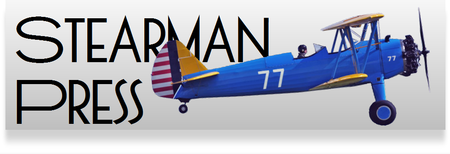Shutter Speed Compensation Chart
In our video, Top Ten Things That I wish I had known when starting in Large Format Photography, I made some harsh remarks about shutters. Mainly, that they're notoriously inaccurate and that you should have them calibrated.
This creates another issue: now that you've got a chart showing the marked speed vs the actual speed, what do you do with it?
This is also an issue if your meter uses the more modern sequence: 1/30, 1/60, 1/125..., and your lens uses the traditional 1/25, 1/50, 1/100 ...
Of course, the math required to adjust your exposure isn't that hard but it's still more math than most of us want to deal with when creating our next masterpiece. So we've created a cheat sheet (click the image to download the pdf, it includes our Exposure Estimation Guide):
Here are the basics:
1. Calculate the exposure. For example: f/11 @ 1/60 sec. But let's say that the closest speed on your shutter is 1/50.
2. Find the standard shutter speed in the chart (in bold).
3. Now find the closest available speed. In this case: 1/50 0.020 -1/3
4. To compensate, you need to reduce the exposure by 1/3 of a stop (larger number). To do so, set the aperture 1/3 of the way between f/11 and f/16 (about 12.7).
Notes:
-1/3 = less light (larger number)
+1/3 = more light (smaller number)
Yeah, we fudged the numbers to make it easier to use. Besides, you can't set your aperture to 1/10 of a stop anyway.
By the way, the Shutter Speed Compensation Chart and the Exposure Guide are on the back cover of our Photographer's Logbook.

